Disclosure: This article contains affiliate links. We may earn a commission from purchases at no extra cost to you, which helps our travel content.
There's something about Budapest that reminds me of treating trauma patients – beneath the obvious surface lies a complex network of hidden systems that keep the whole thing alive. After my third visit to Hungary's capital last spring – this time on a two-week break from my medical exchange program in Guadalajara – I've finally cracked the code on experiencing this city like a true local. Forget the Instagram-famous Széchenyi Baths and overpriced river cruises. The real Budapest pulses through neighborhood thermal baths where locals soak away their troubles, basement ruin bars where tourists fear to tread, and third-wave coffee shops tucked into crumbling Soviet-era apartment blocks. With a week to explore and a mid-range budget that won't require financial life support, I'll show you how to navigate this dual city (Buda + Pest, get it?) with the precision of an emergency responder and the curiosity of a seasoned mountaineer.
Thermal Bath Culture: Beyond the Tourist Traps
Let me be clear: Széchenyi and Gellért baths are architectural marvels worth seeing, but they're the thermal bath equivalent of eating at Hard Rock Cafe. For an authentic experience, head to Dandár Bath in District IX. This recently renovated neighborhood facility costs half what you'd pay at the famous spots, with locals outnumbering tourists 20-to-1.
My personal favorite is Lukács Bath, where I spent three consecutive mornings soaking away soreness from hiking the Buda Hills. The outdoor section features a circuit of jets that work like hydrotherapy for tired muscles. As an EMT, I appreciate how the different temperature pools (38°C, 32°C, and the bracing 19°C plunge pool) improve circulation and reduce inflammation – basically nature's ibuprofen.
Veli Bej might be the city's best-kept secret – a gorgeously restored Ottoman-era bath hidden inside a hospital complex. Dating back to 1575, its octagonal central pool beneath a domed ceiling feels like time travel. I visited on a Tuesday afternoon and shared the entire facility with just seven locals, all of whom seemed surprised to see a foreigner.
For the truly adventurous, Király Bath offers the most authentic experience, though be warned – facilities are basic and the changing rooms remind me of field hospitals I've worked in. The ancient stone pools contain mineral-rich water pumped from the same thermal springs that feed the luxury baths, but at a fraction of the cost. Bring your own towel, flip-flops, and a quick-dry microfiber towel for maximum convenience.
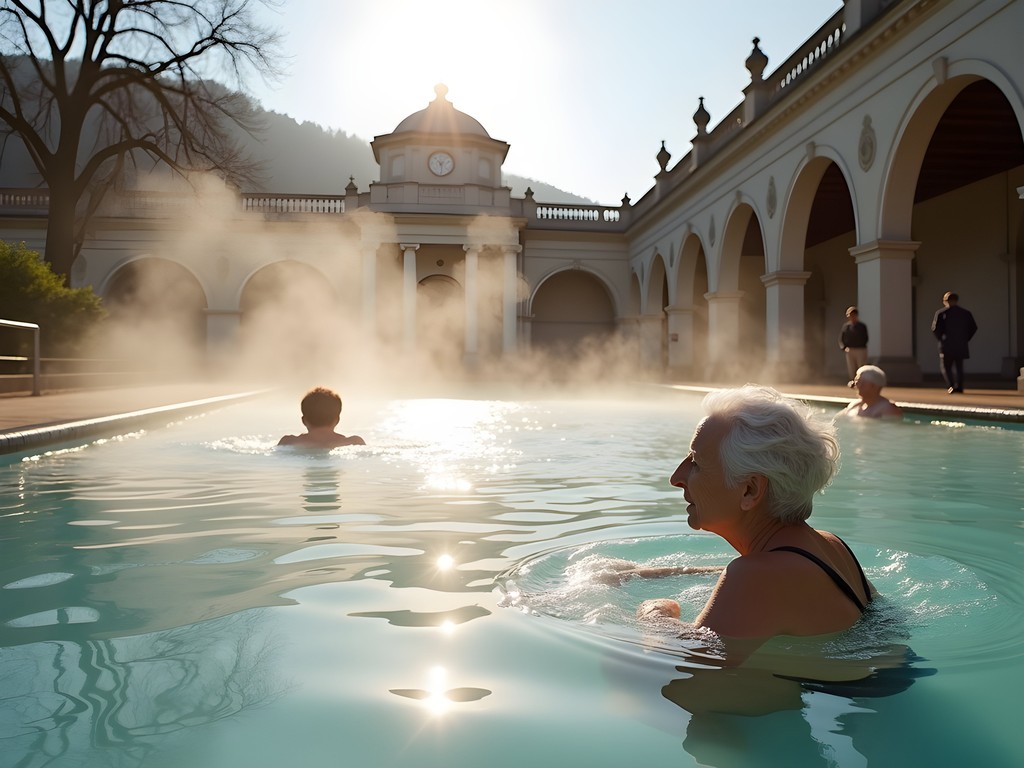
💡 Pro Tips
- Visit thermal baths before 9am or after 6pm to avoid crowds and experience them with locals
- Bring a water bottle – the mineral water dehydrates you faster than you'd expect
- Most neighborhood baths have different days for men and women, so check schedules online first
Navigating Budapest's Ruin Bar Scene Like a Pro
Everyone's heard of Szimpla Kert – the granddaddy of Budapest's ruin bar scene – but after 8pm, it transforms into a tourist playground with inflated drink prices and bachelor party chaos. Instead, visit before 6pm to appreciate its artistic design and labyrinthine layout, then move on to where locals actually drink.
My recommendation? Start with Ellátó Kert in the Jewish Quarter, a garden bar with Mexican food that reminds me of home in Arizona (though admittedly with much worse tacos). The crowd is predominantly Hungarian students and young professionals who come for the affordable spritz variations and laid-back atmosphere.
For something truly underground, Kisüzem feels like a neighborhood living room – a dimly lit bar frequented by local artists, writers, and musicians. I struck up a conversation with a Hungarian paramedic here, and we exchanged emergency response stories until 2am. Their pálinka (fruit brandy) selection is exceptional, though proceed with caution – I've seen enough alcohol-related incidents professionally to know when to switch to seltzer.
If you're exploring Buda (the quieter, hillier side of the city), seek out Nemdebár – a tiny hole-in-the-wall with mismatched furniture and local craft beers. The bartender recognized me on my second visit and introduced me to Fóti, a small-batch Hungarian craft brewery that changed my perception of Central European beer.
For late-night adventures, Ankert's courtyard transforms into an outdoor dance floor where locals predominate. I recommend bringing a secure anti-theft crossbody bag for these outings – not because Budapest is particularly dangerous (it's actually one of Europe's safest capitals), but because crowded bars anywhere present opportunistic theft risks.
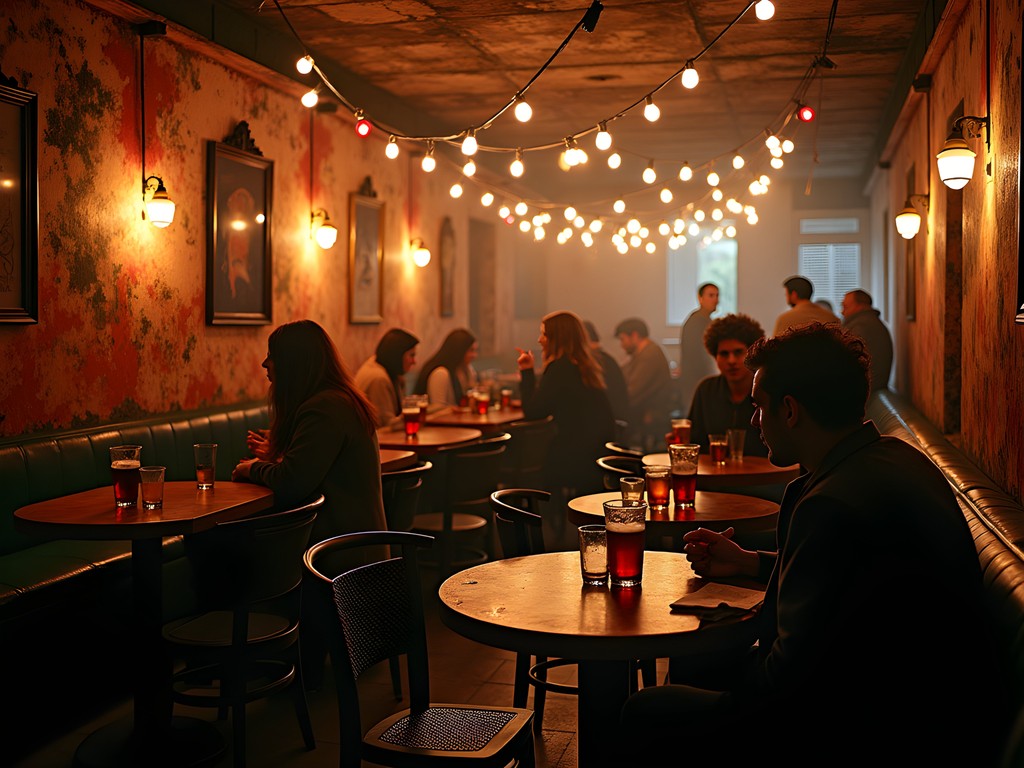
💡 Pro Tips
- Visit famous ruin bars before 6pm to avoid tourist crowds
- Learn 'Egészségedre!' (cheers in Hungarian) – locals appreciate the effort
- Most ruin bars accept card payments, but smaller places prefer cash
Coffee Culture: Budapest's Third Wave Revolution
As someone who works emergency shifts, I've developed a professional relationship with caffeine. Budapest's coffee scene rivals any major European capital, with the advantage of being significantly more affordable. Skip the chains and seek out these neighborhood gems.
My morning ritual became a cappuccino at Espresso Embassy near the basilica – a specialty coffee shop housed in a vaulted brick cellar. Their baristas approach coffee with the same precision I apply to medical procedures. Their single-origin Ethiopian beans produce notes of blueberry and jasmine that I'm still dreaming about back in Mexico.
For a workspace with excellent coffee, Budapest Baristas offers fast WiFi, ample outlets, and a courtyard garden perfect for spring mornings. I spent two productive afternoons here planning my hikes in the Buda Hills while fueled by their flat whites and homemade carrot cake.
The most authentic local experience was Kelet Café in the residential VIII district – part coffee shop, part used bookstore, with locals reading newspapers and engaging in hushed conversations. Their cardamom-infused Turkish coffee served in traditional copper cezves delivered the strongest caffeine hit of my trip.
For coffee to brew back at your accommodation, Tamp & Pull's roastery sells beans from Hungarian roasters. I brought back three bags and have been using my portable coffee grinder to enjoy Budapest memories during early morning shifts in Guadalajara.
A quick medical note: Budapest's water is perfectly safe to drink despite its mineral taste. Stay hydrated between coffee shops – the combination of caffeine, thermal baths, and walking can quickly deplete your fluids, especially in spring when temperatures can unexpectedly spike.

💡 Pro Tips
- Ask for 'barna kávé' if you want regular black coffee – American-style drip coffee isn't common
- Coffee shops open early (usually 7:30am) making them perfect for breakfast before sightseeing
- Many cafés offer 'reggeli' (breakfast) specials before 10am with coffee and pastry combinations
Public Transportation Mastery: Moving Like a Local
After navigating Mexico City's metro, Budapest's public transportation feels refreshingly organized. The key is purchasing a 7-day travel card (hetijegy) immediately upon arrival – it covers all buses, trams, metros, and even the charming hillside funicular.
Forget Uber – Budapest's public system is your lifeline. Tram #2 runs along the Danube, offering the same views as €80 river cruises for the price of a transit ticket. I rode it at sunset with my compact camera to capture the parliament building bathed in golden hour light.
The yellow metro line (M1) is the European continent's oldest underground railway and feels like time travel – tiny vintage cars rumbling beneath Andrássy Avenue. For efficiency, the red metro (M2) connects major sights, while the blue line (M4) features some of the most architecturally stunning stations I've seen worldwide.
But the true local secret is Budapest's extensive night bus network. The 907 saved me after a late night exploring ruin bars – running every 15 minutes even at 3am. Download the BudapestGO app for real-time arrivals and route planning.
For exploring the Buda Hills, take Children's Railway – a narrow-gauge train operated mostly by local kids (under adult supervision). It connects to hiking trails with panoramic city views that rival those from the overcrowded Fisherman's Bastion. As an avid mountaineer, I appreciated how easily accessible these trails were – just 30 minutes from downtown but worlds away from tourist crowds.
My paramedic instincts compel me to add: Budapest's public transportation is generally very safe, but maintain the same awareness you would in any major city. Keep valuables secure, especially on crowded trams during peak hours.
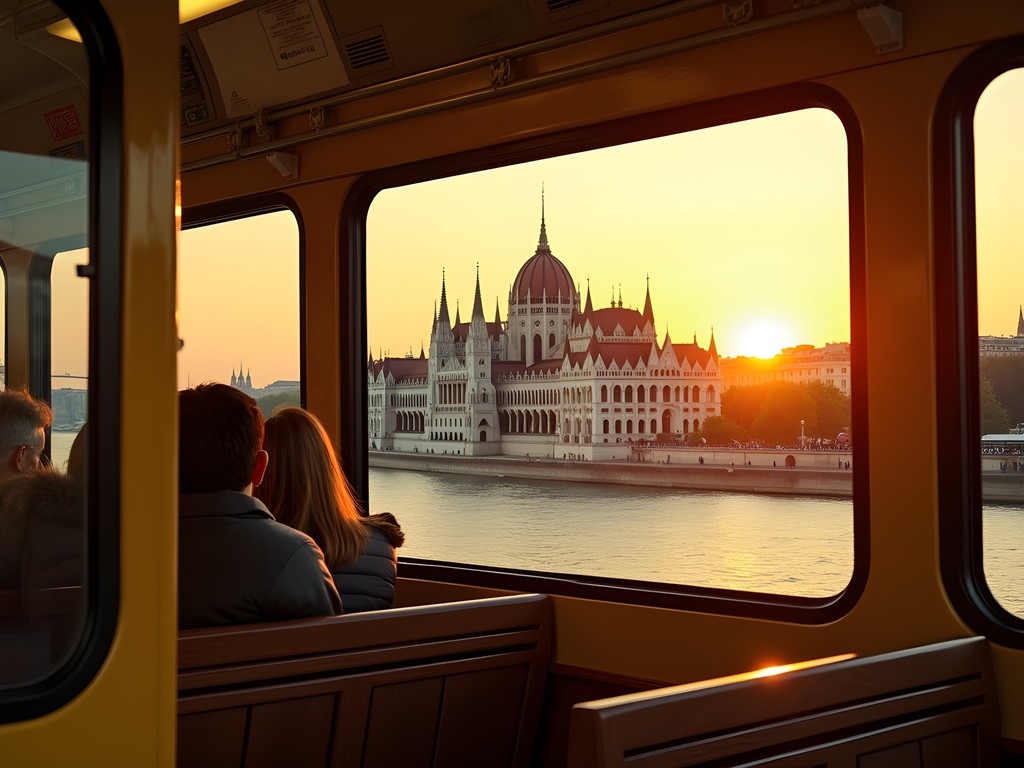
💡 Pro Tips
- Purchase 7-day travel cards at purple ticket machines with English language option
- Validate paper tickets in orange boxes before boarding (except for travel cards which don't need validation)
- Google Maps works perfectly for navigation but BudapestGO app has more accurate timing
Local Food Haunts: Beyond Goulash and Chimney Cake
Hungarian cuisine deserves more international recognition. Yes, goulash is ubiquitous, but there's a whole culinary world beyond the tourist menus.
Start at the Central Market Hall, but skip the overpriced ground floor and head upstairs where locals eat lángos (fried dough with toppings). My go-to became Lángos Land's traditional version with sour cream and cheese – a perfect post-hike refuel with enough calories to power through an afternoon of exploration.
Stand 25 in the market serves the best főzelék in the city – a thick vegetable stew that's essentially Hungarian comfort food. As someone who monitors nutritional intake for athletic performance, I appreciated finding this vegetable-forward option amid heavier Hungarian classics.
For an authentic neighborhood experience, seek out Kádár Étkezde in the Jewish Quarter – a no-frills cafeteria where elderly locals read newspapers while dining on daily specials. No English menu exists, but pointing works fine. Their Wednesday special of stuffed cabbage leaves transported me straight to my Mexican grandmother's kitchen – proof that comfort food transcends borders.
Budapest's street food scene thrives at Karaván, an outdoor food court next to Szimpla Kert. Skip the international options and head straight for JóKrisz Lángos Sütöde's deep-fried cheese (rántott sajt) served with homemade tartar sauce – a guilty pleasure that makes my EMT brain temporarily ignore everything I know about cholesterol.
For coffee and cake, New York Café is admittedly stunning but overpriced and packed with tourists. Instead, try Ruszwurm on Castle Hill – Budapest's oldest confectionery (operating since 1827) with the best krémes (vanilla custard slice) in the city.
Budapest's tap water is perfectly safe, but carbonated water dominates. I carried my trusty insulated water bottle everywhere, saving money and reducing plastic waste.

💡 Pro Tips
- Look for 'napi menü' (daily menu) signs for affordable set lunches between 12-3pm
- Restaurants in Hungary typically add 10-15% service charge – check your bill before tipping extra
- Book tables at popular local restaurants through Reservio.com – the Hungarian equivalent of OpenTable
Final Thoughts
As I packed my climbing gear and headed back to Guadalajara, I realized Budapest had worked its way under my skin like few other cities. There's something about witnessing a place's public face and then being invited into its private rooms that mirrors my work in emergency medicine – seeing people at their most vulnerable creates a connection that casual tourism never could. Budapest rewards the curious traveler who ventures beyond TripAdvisor's top ten lists. The city unfolds like a patient history – layers of empire, revolution, occupation, and renaissance that require patience to fully understand. Whether you're soaking in neighborhood thermal baths, sipping pálinka with local artists, or navigating hidden courtyards, Budapest offers an authenticity that's increasingly rare in European capitals. Just remember to approach with respect, learn a few Hungarian phrases, and be willing to get gloriously lost in its labyrinthine streets. Your reward? A Budapest experience that most tourists never discover.
✨ Key Takeaways
- Visit neighborhood thermal baths early morning or evening for authentic local experiences
- Explore ruin bars beyond Szimpla Kert for better prices and local atmosphere
- Public transportation provides better views than expensive river cruises
- Venture to residential districts for the best coffee shops and affordable restaurants
📋 Practical Information
Best Time to Visit
April-May or September-October
Budget Estimate
$40-60 per day excluding accommodation
Recommended Duration
5-7 days
Difficulty Level
Moderate (Hilly Terrain And Language Barrier)


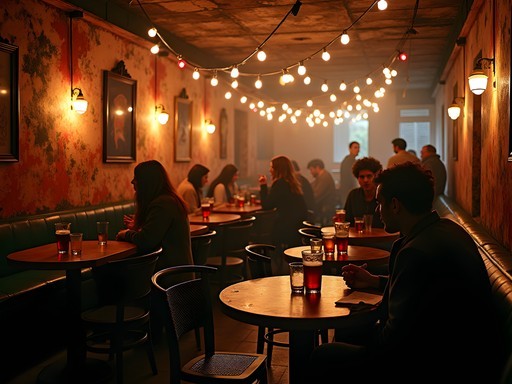








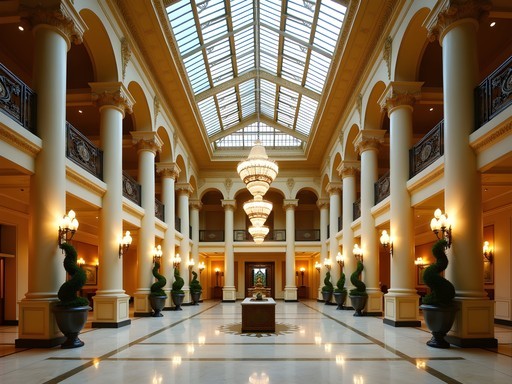

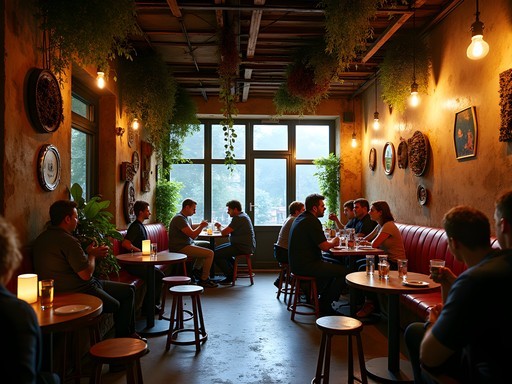
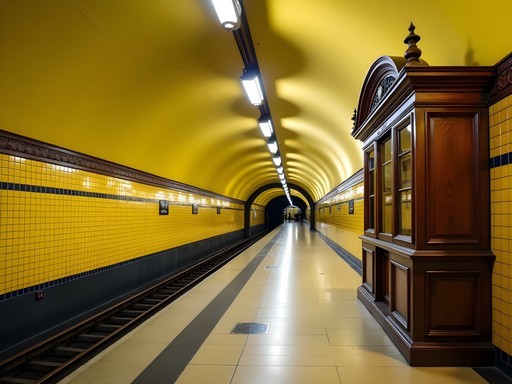
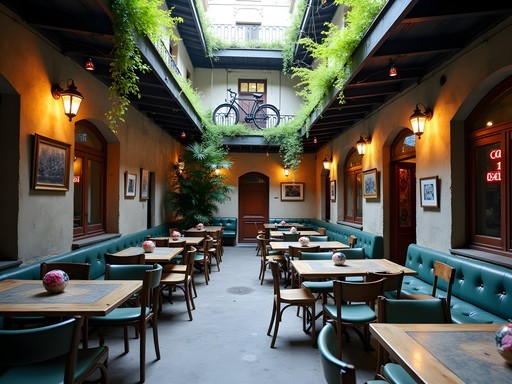
Comments
Taylor Moreau
Excellent insights on Budapest's less obvious attractions, Gregory. Having visited quarterly for business over the past decade, I'd add that the M3 metro line renovations are finally complete, making it much easier to reach some of these hidden spots. For those following your ruin bar recommendations, I'd suggest starting at Szimpla Kert (yes, it's famous but for good reason) then working your way to the less known spots like Ellátó Kert as the evening progresses. The contrast is fascinating. Also worth noting that many thermal baths now offer online booking with discounts compared to in-person tickets.
nomadexplorer
Thanks for the metro update! Any recommendations for business-friendly accommodations that are still in interesting neighborhoods?
Taylor Moreau
I usually stay in District V near Szabadság Square - central but quieter than the party areas. The Iberostar Grand Budapest has excellent workspaces and is walking distance to Parliament and the Danube. District XIII is also becoming quite good for business travelers who want more local flavor.
Casey Andersson
Gregory, your post captures the essence of Budapest perfectly! I stayed at the Aria Hotel last month (splurge-worthy for the rooftop views alone) and used your thermal bath tips. Veli Bej was absolutely magical - 16th century Ottoman architecture and barely any tourists. For coffee lovers, I'd add Espresso Embassy to your list - their pour-overs are exceptional. One thing I'd emphasize for visitors is to explore both Buda and Pest sides. Most tourists stick to Pest, but hiking up to the Citadella at sunset with my travel binoculars gave me the most stunning panoramic views of the city. The contrast between the ornate parliament and the castle district tells the whole story of this fascinating city's dual nature.
photowalker
Espresso Embassy was our daily stop! That little courtyard is perfect for people watching.
explorelife
This post makes Budapest sound amazing! I'm planning a trip there next spring. How safe is it to walk around at night, especially near the ruin bars? And is the public transportation reliable late at night?
Casey Andersson
Budapest is incredibly safe compared to most European capitals! I've walked around the Jewish Quarter (where most ruin bars are) at 2am as a solo female traveler and felt perfectly comfortable. The night buses run regularly after the metros close. Just be aware of your surroundings like anywhere else. I actually found it safer than parts of my hometown Wellington!
explorelife
That's really reassuring, thanks! Any specific ruin bars you'd recommend that aren't in every guidebook?
photowalker
Just got back from Budapest last month and this post is spot on! Those thermal baths are life-changing. We stumbled upon Király Baths by accident and it was way less crowded than Széchenyi. The ruin bars are exactly as described - Szimpla Kert was packed with tourists but we found this tiny place called Ellátó Kert that felt much more authentic. The locals actually talked to us there!
explorelife
How was the language barrier at those smaller places? I'm heading there in October and a bit nervous about getting around.
photowalker
Most people under 40 speak at least some English, especially in places that get tourists. Just learn a few basic Hungarian phrases and you'll be fine. The public transport is super easy to figure out too!
luckyrider
Just got back from Budapest and wish I'd seen this post before going! We did make it to a couple ruin bars but totally missed the ones you mentioned in the Jewish Quarter. The thermal bath culture was amazing though - we tried Széchenyi (totally touristy but still fun) and then discovered Veli Bej which was much more local. The public transport system was super easy to navigate with the BKK app. Next time I'll definitely check out that coffee shop you mentioned near the Parliament!
Taylor Moreau
Veli Bej is such a hidden gem! I visit Budapest quarterly for business and always make time for it. If you return, try to visit on a weekday morning - you'll practically have the Ottoman section to yourself.
sunsetnomad
Planning a trip in November - are the outdoor thermal baths still enjoyable in cold weather? Or should I stick to indoor ones?
islandninja
November is actually PERFECT for outdoor baths! The contrast between the cold air and hot water is amazing. Steam rising everywhere makes it magical. Just bring flip flops and a quick-dry robe for the dash between pools!
Gregory Olson
Completely agree with islandninja! November is ideal - fewer tourists and the temperature contrast is part of the experience. Széchenyi has the largest outdoor section, but Lukács is more intimate and just as enjoyable in cold weather.
nomadexplorer
Great post! I'm heading to Budapest in March and would love to know which of those hidden thermal baths you'd recommend for someone who hates crowds but still wants an authentic experience?
Gregory Olson
Thanks! Definitely check out Dandár Baths - it's mostly locals and rarely crowded, even on weekends. Lukács is another good option if you go early morning (before 9am).
nomadexplorer
Perfect, adding those to my list! Did you need to bring your own towel or can you rent them there?
Gregory Olson
You can rent towels at both places, but they charge extra. I usually pack my quick-dry travel towel which takes up almost no space in my bag.
sunnyclimber
Love how you captured the essence of Budapest! The thermal baths were the highlight of my trip too.
springperson
Gregory - any specific recommendations for vegetarian food in those hidden cafés you mentioned? Going in October and worried about finding good options beyond goulash!
Haley Hamilton
Gregory, your comparison of Budapest to treating trauma patients is spot on! The city has so many layers. I spent a month there last summer and still feel like I barely scratched the surface. The ruin bar scene is incredible - I'd add that visitors should check out Anker't which is slightly less touristy than Szimpla Kert but still has that authentic ruin bar vibe. And for coffee lovers, Espresso Embassy changed my life! I ended up bringing back beans and my manual grinder got quite the workout. Anyone heading to Budapest should definitely use the public transit - the vintage metro lines are an experience themselves!
springperson
Haley, did you feel safe on public transit at night? Planning a solo trip and wondering about late evenings after checking out those ruin bars.
Haley Hamilton
Absolutely! The night buses run frequently and I never felt unsafe. Just keep your usual travel awareness like in any city. The 4/6 tram runs 24/7 and connects to many popular areas.
Venture X
Premium card with 2X miles, $300 travel credit, Priority Pass